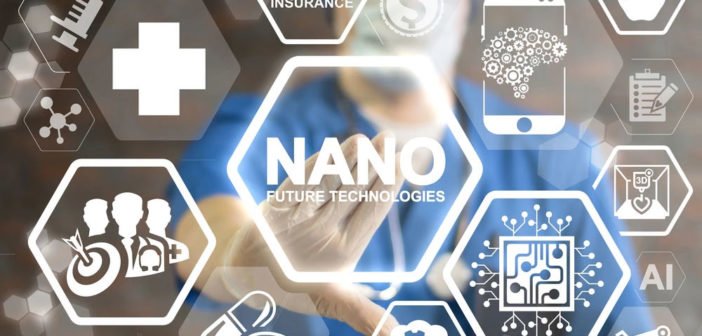Nanotechnology is manipulation of matter on a molecular, atomic, and supramolecular scale. This handles both current work and concepts that are more advanced. In its actual sense, nanotechnology refers to the ability to construct items from the bottom up, and uses techniques, tools that are being used these days to develop high performance products. Nanotechnology has wide range of applications in many industries. Blend of Virtual Reality in nanotechnology can result in positive outcomes which can help the future generations.
Amalgamating Nano Technology with Virtual Reality and Augmented Reality
Virtual Reality (VR) is a powerful technology that solves today’s real-world problems with ease. VR refers to interactive, computer-generated, 3D environments into which people are immersed. It paves the way for people to manipulate, interact, visualize, and with simulated environments via the usage of extremely complex data and computers.
Use of VR in Nanotechnology:
- Nanotechnology is becoming more prevalent in healthcare and space research industry. Now a days most of the bots, be it in medical sector or space research sector requires compact size with efficient performance.
- This involves both huge capital investment and efforts for which prior in hand research is mandatory, this is where VR comes handy in this emerging technology.
- Using Virtual Reality Simulators with nanotechnology can be more effective, lively and efficient thus results in high performance. VR creates greater scope for researchers when it goes hand in hand with nanotechnology.
Use of Nanotechnology in VR/AR devices:
- Building VR/AR devices using nanotechnology result in the efficient performance of devices.
- Nanobatteries aid in long lasting life and reduce frequent charge of devices.
- Using nanotechnology in display features of AR/VR devices lead to better resolution.
Nano Sized Sensors can contribute an integral role in VR/ AR.
Above discussed are few resulting scenarios of this collaboration. Merging of such technologies will definitely lead to the best outcomes which should be used only for the ethical purposes of humans.




